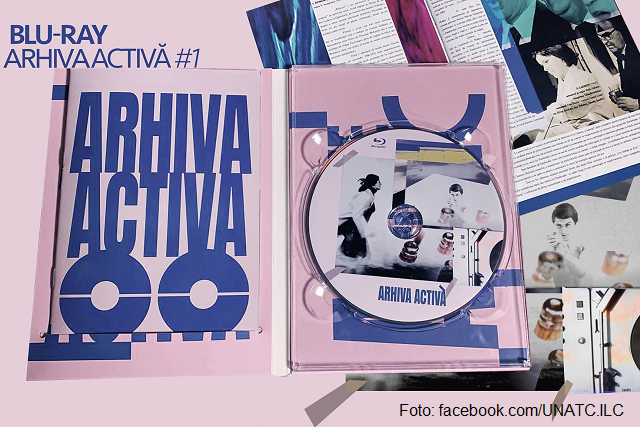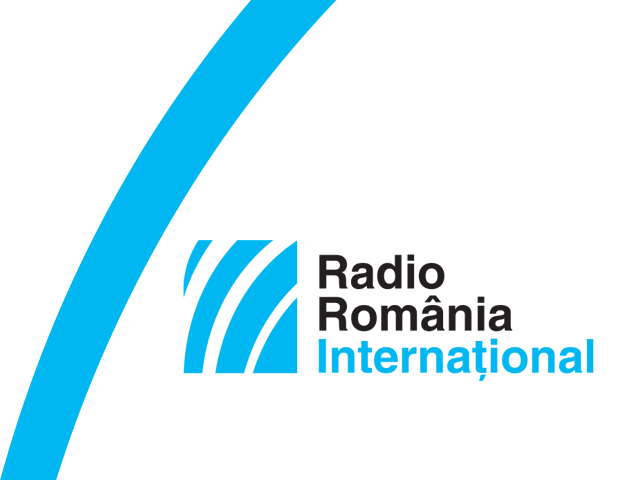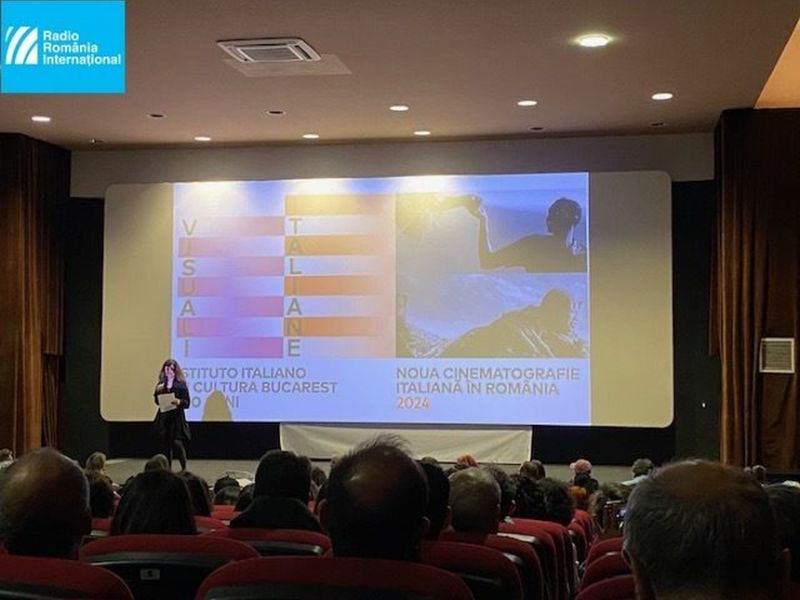Films in the Active Archive
The Active Archive project was initiated in 2020 by UNATC, the I.L. Caragiale National University of Theater and Cinema Arts

Corina Sabău, 03.07.2021, 13:00
The Active Archive project was initiated in 2020 by UNATC, the I.L. Caragiale National University of Theater and Cinema Arts, on the 70th anniversary of its creation. The program so far includes fifteen short films made between 1966 and 1971, made by the first generation of students studying directing and editing after a decade. Some of these films are made by film makers that went on to become famous (Radu Gabrea, Ada Pistiner, Felicia Cernăianu, Iosif Demian, Timotei Ursu, Vivi Drăgan Vasile, Dan Pița, Mircea Veroiu, Nicolae Mărgineanu), and feature famous actors (Toma Caragiu, Mitică Popescu, Cornel Coman, Ilarion Ciobanu).
Andrei Rus is a film critic, professor, and artistic director of the One World Romania Documentary Film Festival, and curates the archive program:
“The Active Archive project was born out of an older passion and concern that I have for the archive, but also out of the interest of a few people from the UNATC leadership. In 2020, the university celebrated 70 years since its creation, and the Active Archive was one of the projects we designed with the rector, Liviu Lucaci, who is looking into various projects to liven up the institution. There was a moment when we asked ourselves how much we knew about the history of this institution. Because there was never any real concern for researching the past of the UNATC, which used to be called the Institute of Theater and Cinema Arts. But this is the institution that generated the majority of professionals in theater and film, at least until the 1990s, which ultimately generated the norm. Meaning that certain principles of making theater and cinema, and certain stylistic norms, derived from this period. I started to watch in chronological order the student movies starting with the 1960s, and last year, at the Transylvania International Film Festival, we started screening a collection of nine short films from the archive of the National University of Theater and Cinema Arts. When I received the invitation to the TIFF I had watched about 200 shorts made between 1966 and 1971. I had an extraordinary surprise seeing these almost experimental movies, movies that dont really resemble the feature length movies of that time. So I made a selection of films that break the norm, films that I believe are able to refresh curiosity for Romanian marginal cinema. And at this moment, student films are marginalized compared with official fiction film, the only kind available on various TV channels. Also, documentary or animation films are scarcely available. What I want to say, in fact, is that there is no one way of making cinema in Romania, which means that there are various Romanian cinemas, as it were. And it is very important to start to explore all these marginal cinemas, and it is essential, before exploring them, to preserve them, to care for them, to digitize them and make them available for research. One of the conclusions, watching the movies in the archive, is that a large part of the avant-garde in Romania was in the only institution where theater and film was studied in the communist period, which I can say was an eye opener for me.”
Over the next few years, the Active Archive will revisit and commence an ample process of digitizing and restoring the entire archive of student film made on 16 and 35 mm support, around 2000 titles. The project also wants to identify and make accessible several types of archive material in the UNATC patrimony: photos, stage design sketches, graduation papers, materials that document student shows made over the seven decades of existence of the institution, as well as management documents that reflect the pedagogical evolution in the arts of theater and cinema.
Here is curator Andrei Rus:
“Short film is a less costly form of cinema, which is why there are more of them. Even in the 1970s, very good years for Romanian cinema, they did not make more than 20 movies a year, while the Sahia Film Studios turned out over 200 short films a year. There was also Animafilm, the animation studios, unfortunately with very low availability. There were also a few hundred cinema clubs, and I am sure that among the movies made in them there had to be many experiments, but unfortunately they were not reaching the public at large. I hope that now, within this new context at the UNATC, where the research department is coming together, and there is growing interest for the archiving area, we want to get people interested, to manage to attract items from personal archive, possibly. This is a big problem for culture in Romania, not just for cinema and theater. It often happens that artists have no one to leave their archives to. Many of these archives are left to inheritors and various friends in the same domain, but they are not necessarily open to researchers. It is very important for centers to open to deal with these archives, there are may examples of famous museums or higher education institutions to explore the archives.”





























